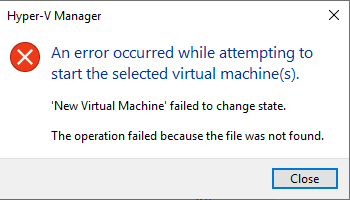
From there, you can get links to macOS versions in the App Store (High Sierra and upwards), or you can download disk images directly (Lion to Sierra). If you have a more recent version of macOS, then you’ll need to go to Apple’s official website. In older versions of macOS, you could find all the previous installers in the list of purchased apps in your App Store account. You can create a bootable installer for any operating system if you have the right installer. In this case, the system will be installed on that Mac, and the installation files will disappear when the process is finished.

If, however, you only want to reinstall macOS once on one computer, you don’t have to use a carrier. You might want to keep installing files on an external drive if you think you might need to install the operating system multiple times or on different computers. In the following instructions, we will use a USB flash drive as an external carrier example. Give your disk the name of the operating system, e.g., Ventura, Monterey, Big Sur. That means you’ll need to grab yourself a 16GB or larger flash drive before you get started.īear in mind - when you download an installer, the disk will be reformatted to suit the operating system you’re trying to run. Ventura’s installer is over 12GB, as was Montereys, and Big Sur’s topped 13 GB. It’s important to use a drive with enough capacity to fit macOS. Generally, though, USB flash drives are favored - they’re small, convenient, affordable, and easy to work with. Use Terminal to create a bootable installerįor your external disk to run macOS, you can use most external USB drives, including solid-state drives and traditional hard drives.In this article, you’ll find detailed instructions and answers to your questions on how to make a bootable USB on Mac. You can try out the different tools for free, so download it, and see what you think. MacKeeper can do everything from finding malware to updating your apps for you. When the scan is finished, review the results, and click Fix items safely.Select Find & Fix from the menu in MacKeeper.You can do that with MacKeeper’s Find & Fix feature, which will scan your Mac for a variety of different problems. It’s a good idea to keep your Mac optimised when you’re asking to create a bootable USB drive. It’s a handy appliance-even more so if you use a small external flash drive that you can carry in a pocket. You can also use it to reinstall the operating system on a Mac that won’t startup.

Such a tool allows you to install any version of macOS on multiple Apple computers easily. Why would you want to create an external boot drive for your Mac? A bootable macOS (previously, OS X) install disk is a portable device containing all the necessary installation files for a selected version of macOS.


 0 kommentar(er)
0 kommentar(er)
